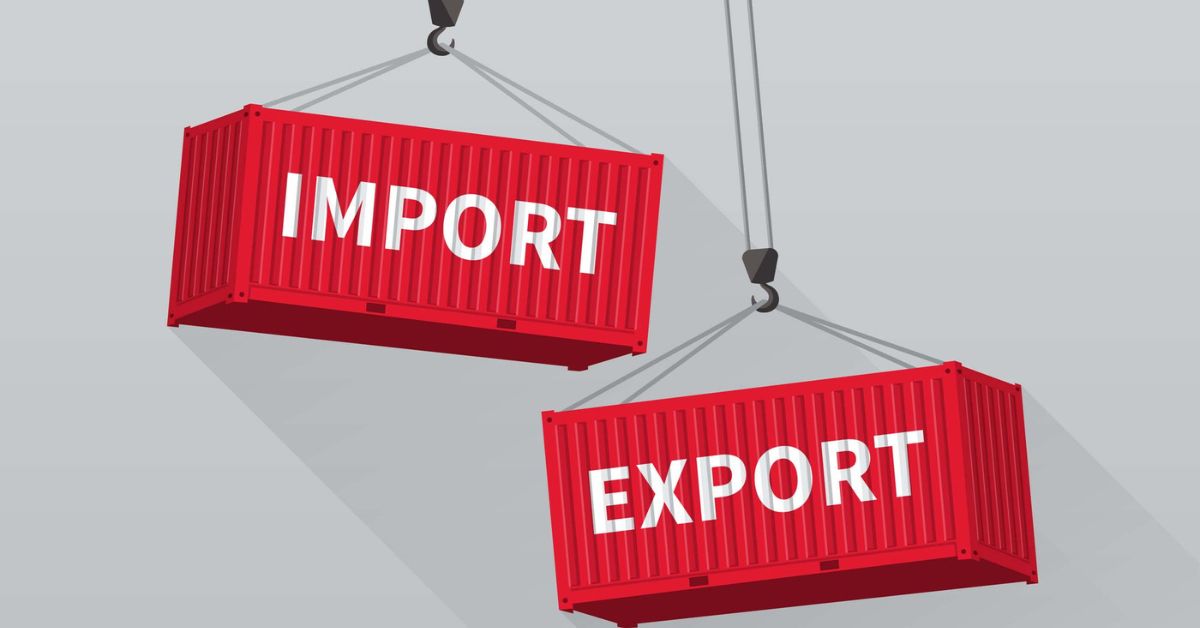A study conducted by SAWTEE on Nepal-Bangladesh trade has found that Nepal’s exports to Bangladesh have mainly centred on agricultural products, with lentils making up approximately 90 percent of exports over the past five years.
As Nepal moves closer to graduating from the Least Developed Country (LDC) status, it becomes crucial to explore alternative markets to mitigate the impact of tariff increment in some of its major trade destinations. In this context, there exists the substantial potential to strengthen bilateral trade ties with Bangladesh, said Kshitiz Dahal, senior research officer at SAWTEE.
He argued that while non-tariff barriers do exist, it is the tariff and para-tariff barriers that constrain Nepal’s exports to Bangladesh. Dahal said that a preferential trade agreement could remove this constraint but there are various challenges.
Rabi Shanker Sainju, former Joint Secretary at the Ministry of Industry, Commerce and Industry, said Nepal’s trade with China via the land route shortens the time and costs. He recommended that the constraints to utilising the land route be addressed.
He said that despite the geographical proximity, trade costs between Nepal and its neighbouring countries are high. The high trade cost remains a barrier for Nepal even though there is substantial market potential in these countries, he added.
Bhawani Rana, former President of the Federation of Nepalese Chambers of Commerce and Industry (FNCCI), highlighted the shrinking Indian investment in Nepal.
She urged that it’s high time that Nepal tapped into the huge market of states bordering India. According to Rana, despite the huge potential for trade, Nepal’s exports to China are impeded due to constraints in infrastructure and logistics. She recommended a coordinated effort from the private sector, government agencies, policymakers, and political parties to enhance trade and exports.







